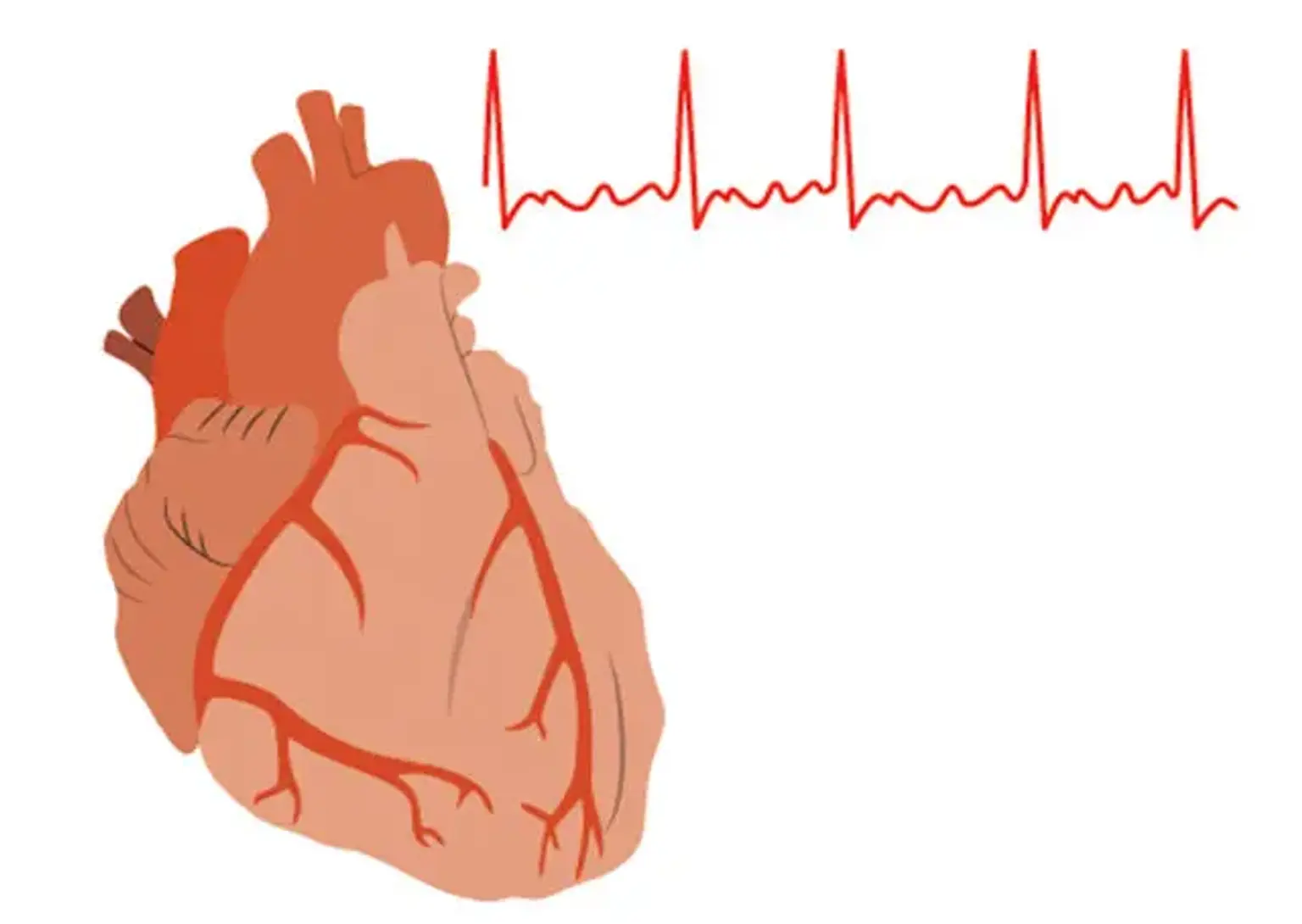Atrial Fibrillation
Atrial fibrillation is a common form of heart arrhythmia (irregular heart rhythm) that disrupts normal blood flow. Because of this interruption, you are at risk of blood clots and even a stroke. Atrial fibrillation normally affects the two heart upper chambers (atria). This causes blood flow disruption to the ventricles and the lower chambers and throughout the whole body.
Atrial fibrillation can be fatal if left untreated. In addition, it can be temporary, intermittent, or permanent. It is also more prevalent in adults above the age of 65. Luckily, one can live a normal and active life with the appropriate medical care.
